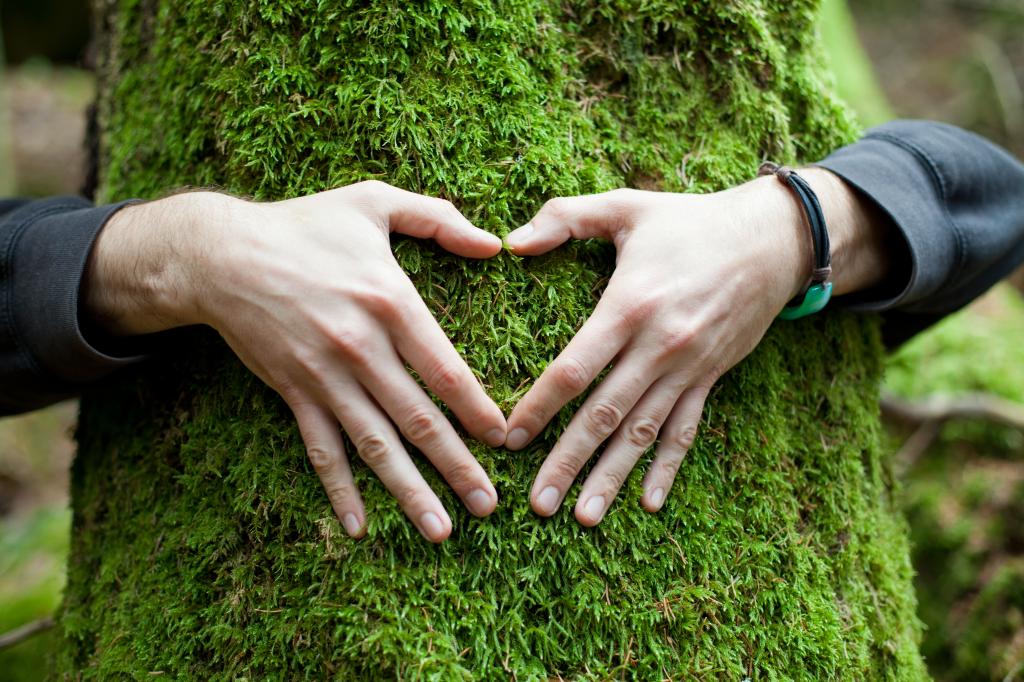Inventor and futurist Ray Kurzweil predicts that before mid-century the exponential acceleration of information technologies, robotics, medical science, and artificial intelligence will result in a “singularity”, a point at which humans will essentially merge with their technology. Such an event may seem implausible, but discoveries of how technology and humans really interact are being made every day, leading one to the conclusion that it’s not an unimaginable future – – and it may be the key to sustainable living on an increasingly overcrowded planet.
Heart pacemakers and artificial hips already demonstrate the seeds of Kurzweil’s vision and innovations like Google Glass will get more real time information a lot closer to us very soon. But could we use such technology to measure what our bodies actually need and then design foods and homes that maximize our limited resources to sustain a growing population?
The U.S. Department of Defense has been working on these ideas since 2008 at its National Center for Telehealth and Technology, introducing wearable sensors that report to smartphones on a user’s health and wellness. Called “BioZen”, the system
shows real-time data from the heart, respiration, skin responses, temperature, blood chemistry, and brain waves. The data is used to determine what medicine or nutrition might be needed by the soldier in the field or by the returning veteran undergoing rehabilitation.
Dozens of companies all over the globe are working on various versions of BioZen, bringing down cost, increasing functionality, and improving the analytics. These technologies can make limited health care dollars go a lot farther by preventing illness or by identifying and treating conditions much earlier. Using the same technology to monitor our nutritional needs, and the actual value of the foods we consume, will fundamentally change the way we grow, process, and deliver food to consumers in the future.
Another example of taking a cue from our bodies and improving the technology to meet those demands comes from NASA. Astronauts in the International Space Station go through a 24-hour day of light and dark every ninety minutes. Not surprisingly, their sleep is disrupted and productivity is impacted, so high-tech lights are tuned to mimic natural daylight, stimulating alertness. At “night”, when light may be needed for performing some tasks, but astronauts want to avoid stimulation that inhibits sleep, special lights filter out certain wavelengths for a more restful environment.
Florida-based Lighting Science Group, which designed these lights for NASA, has brought the technology to earth with its Definity Digital light bulbs that give you the choice of being alert or promoting sleep (disclosure: I was so impressed by the company, I invested in their stock). A growing number of studies highlight this problem on earth, where we spend hours before bedtime illuminated by computer screens, TVs, and other lights that make us more alert at precisely the time we want to start decompressing and getting ready for restful sleep. By combining things like BioZen sensors and Definity lights in the future, the body could send signals to tune lights for our bodies’ needs making us more productive and healthy.
And lest you think that these developments are the sole domain of science fiction or risky Silicon Valley venture capitalists, tech giant Qualcomm is sponsoring a $10 million Tricorder XPRIZE competition to stimulate more innovation in the “integration of precision diagnostic technologies, making definitive health assessment available directly…on a consumer’s mobile device…thus making healthcare more convenient, affordable, and accessible. The winner will be the team that most accurately diagnoses a set of diseases independent of a healthcare professional or facility and that provides the best consumer user experience.”
The “singularity” event when Man and machine merge may actually be more of a series of “multiplicity” events that collectively make better use of scientific discovery and information technology, but either way, our lives are about to evolve from a horse-and-buggy era to truly digital in exciting ways that can make us healthier and more sustainable for the foreseeable future.


